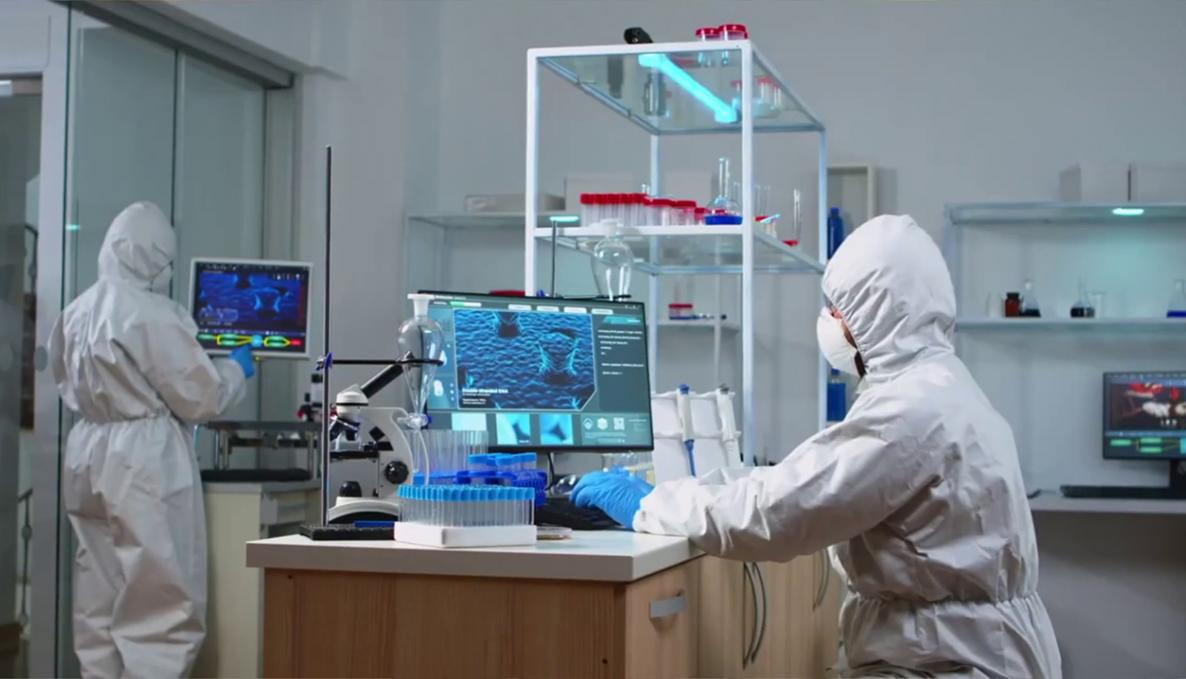COVID-19, prediction models and decision-making algorithms for managing the trend of a pandemic on the healthcare system

To improve decision-making strategies and prediction based on epidemiological data, so far biased by highly variable criteria, a new mathematical methodology was implemented and tested at Scuola Superiore Sant’Anna. The study, published in the IEEE JBHI - Journal of Biomedical and Health Informatics, is coordinated by the Scuola Superiore Sant'Anna of Pisa (thanks to the synergy between the MeS Laboratory of the Institute of Management and the Healthcare Mechatronics Lab of the Institute of BioRobotics), in collaboration with the Department of Medicine and Experimental Clinic of the University of Pisa and the Azienda Ospedaliero Universitaria Pisana. By analyzing objective parameters, such as the number of ordinary hospital admissions and the number of intensive care unit admissions, the mathematical model provides insights to estimate the progression of a pandemic and the resulting pressure on the health care system. "By predicting the progression of hospitalizations, we will be able to suggest specific actions to contain the effect of a pandemic on the health care system and, more broadly, other viral infections that may develop in the coming years”
Prediction model and decision-making algorithms
The starting point of the study was the creation of a decision-making model, associated with a prediction model, both based on certain epidemiological data: ordinary hospital admissions and intensive care unit admissions. "Many previsions are influenced by parameters that are difficult to quantify, such as the total number of infections," explains Gastone Ciuti, associate professor at the BioRobotics Institute at the Sant'Anna School. "By combining the number of ordinary and intensive care beds occupied by patients, the decision-making algorithm defines an single parameter normalized to a threshold to provide decisions for imposing lockdowns or re-openings by local authorities." In addition, explains Angelo Damone, a researcher at the Sant'Anna School of BioRobotics Institute, "The predictive model provides an extrapolation of bed occupancy to help local authorities remove or allocate extraordinary resources in hospitals."
The predictions derived from the mathematical model have been used by the Interagency Summit Operations Command to support the prioritization and prioritization of intervention requests from provinces where hospitalizations for COVID-19 were on the rise. The algorithm has also been used by two regions (Tuscany and Apulia) as part of their task forces (such as CROSS - Centrale Remota Operazioni Soccorso Sanitario) to distribute COVID-19 and non-COVID-19 hospitalizations in relation to the availability of ordinary and intensive care hospital beds. This model, explains Milena Vainieri, associate professor at the Institute of Management of the Scuola Superiore Sant'Anna, "represents a useful tool to support decisions on the allocation of scarce resources, such as beds in intensive care or in ordinary inpatient care in general, during epidemic or pandemic emergencies such as COVID-19."



